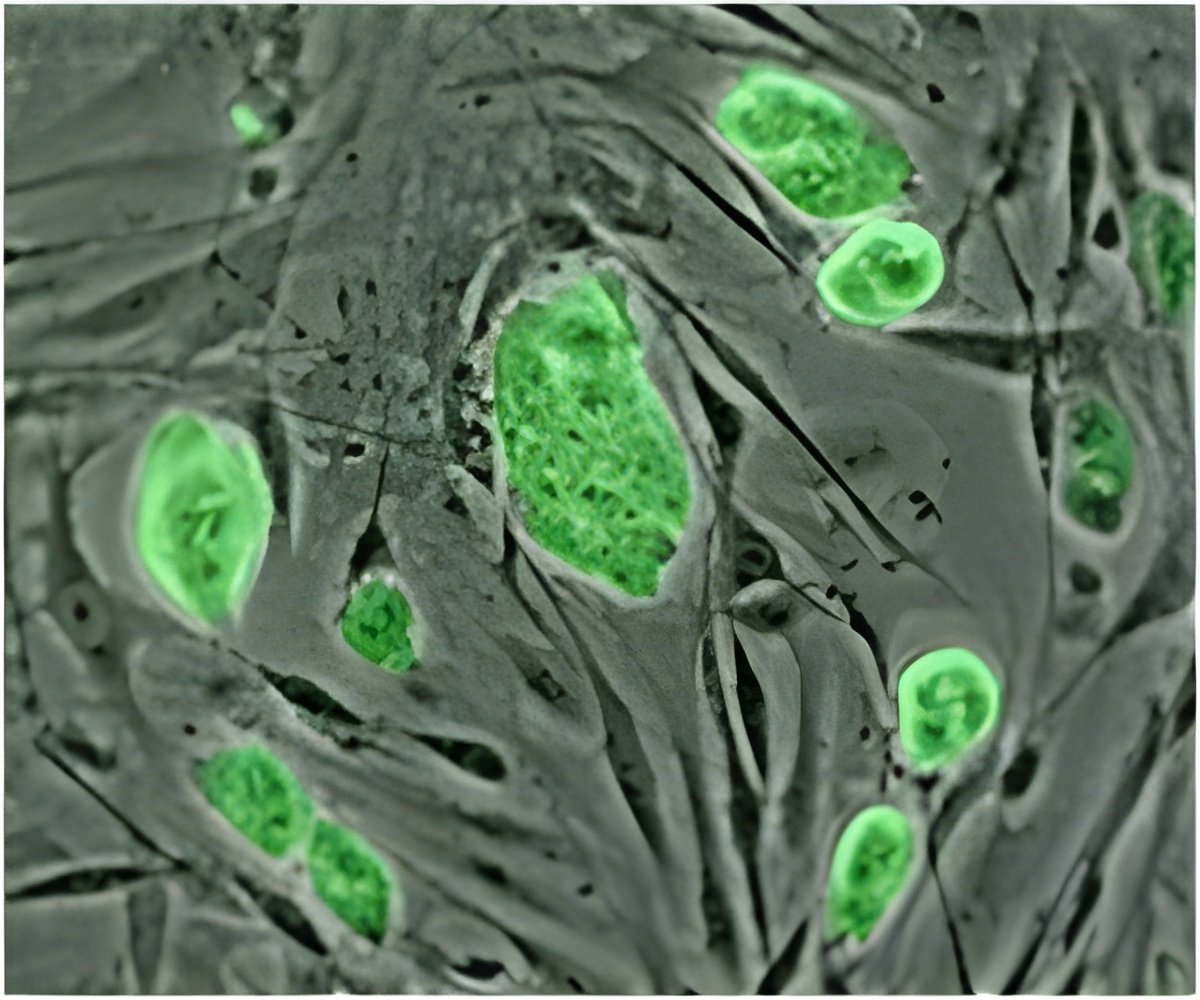The present study finds that this constant hunger results in part due to disordered signaling in the brain’s cerebellum (brain region involved in motor control and balance).
Cerebellum and Hunger
The team confirmed their findings through investigations in mice that uncovered a subset of cerebellar neurons that signals satiation after eating. Activating these neurons allowed the animals to eat 50-75% smaller meals.
“This was mind-blowing. In fact, it was so mind-blowing I thought it had to be wrong. It’s amazing that you can still find areas of the brain that are important for basic survival behaviors that we had never before implicated. And these brain regions are important in robust ways,” says Nicholas Betley, an assistant professor of biology in the School of Arts & Sciences who led the study.
The study thereby highlights that the neurons in specific nuclei of the cerebellum (anterior deep cerebellar nuclei, aDCN) are involved in assisting the animals to regulate their meal size.
Dopamine Signaling and aDCN
Moreover, the study also established a relationship between dopamine signaling and aDCN activity. The aDCN-activated mice had shown a severely hindered dopamine increase.
“Other people have seen that when you activate dopaminergic neurons with dopamine, or take away dopamine, the animal will eat less. There may be a Goldilocks principle, making sure you eat just enough.” Too much dopamine blocks the subsequent dopamine spike to rewards, ultimately changing behavior. “We think this is why the animal stops eating,” Betley says. “It’s no longer rewarding enough to continue”, says, Betley.
The study may thereby help formulate a novel target for therapies that could dramatically curb overeating. The team further anticipates delivering a more complete overall picture of how hunger and satiety are regulated in the brain.
Source: Medindia



